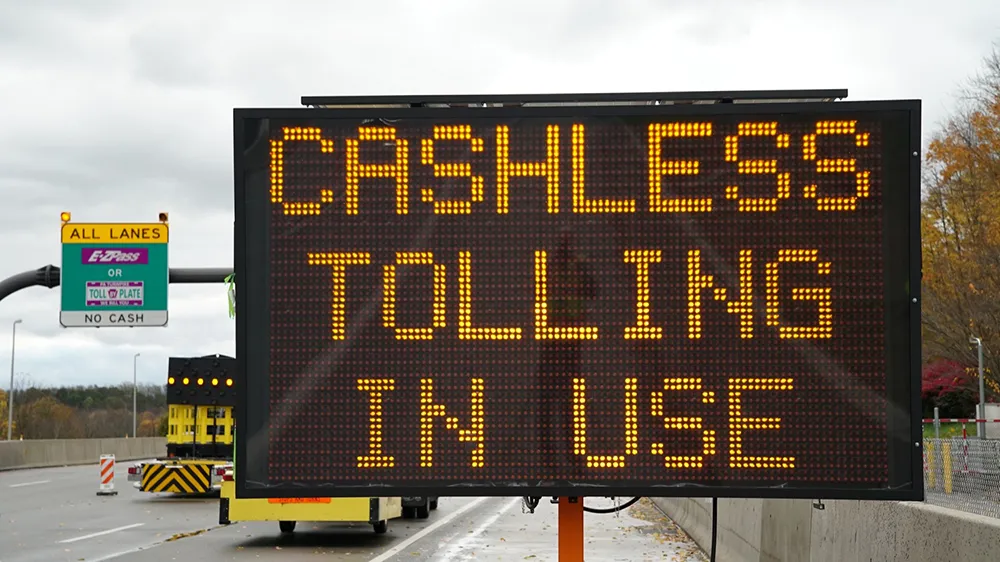A pioneering bus scheme in Bristol will be more than doubled thanks to a huge US$41 million grant from the government, UK Transport Minister Baroness Kramer has announced.
The MetroBus network uses dedicated busways to provide new express bus services into the city. The infrastructure will also boost existing bus services, which can use the busways to beat congestion.
The new money will support the second phase of the Bristol MetroBus scheme and see the construction of another 3.1 miles of busways in th
January 21, 2015
Read time: 2 mins
A pioneering bus scheme in Bristol will be more than doubled thanks to a huge US$41 million grant from the government, UK Transport Minister Baroness Kramer has announced.
The MetroBus network uses dedicated busways to provide new express bus services into the city. The infrastructure will also boost existing bus services, which can use the busways to beat congestion.
The new money will support the second phase of the Bristol MetroBus scheme and see the construction of another 3.1 miles of busways in the south of the city.
The new South Bristol Link will connect to the Ashton Vale to Temple Meads MetroBus section already under construction. The rapid bus services will help encourage people to use public transport and cut congestion, while cycling and walking will be helped by the inclusion of safe, dedicated paths running alongside the routes.
Transport Secretary Patrick McLoughlin said: “Our support for Bristol’s MetroBus scheme shows this government is working to deliver a world-class transport network. This US$41 million will create faster bus services for people who rely on this service every day and will be welcomed by commuters and tourists alike. It is part of the government’s long term economic plan to improve the lives of people up and down the country, by investing in transport, creating jobs and driving economic growth.
Transport Minister Baroness Kramer said: “This US$41 million will help transform travel around Bristol. The South Bristol Link will help get traffic off the roads, spark economic growth and link people to jobs. Our investment continues our commitment to help build stronger local economies, give our cities first-rate transport systems and benefit the UK as a whole.”
The work is scheduled to be completed by November 2016.
The MetroBus network uses dedicated busways to provide new express bus services into the city. The infrastructure will also boost existing bus services, which can use the busways to beat congestion.
The new money will support the second phase of the Bristol MetroBus scheme and see the construction of another 3.1 miles of busways in the south of the city.
The new South Bristol Link will connect to the Ashton Vale to Temple Meads MetroBus section already under construction. The rapid bus services will help encourage people to use public transport and cut congestion, while cycling and walking will be helped by the inclusion of safe, dedicated paths running alongside the routes.
Transport Secretary Patrick McLoughlin said: “Our support for Bristol’s MetroBus scheme shows this government is working to deliver a world-class transport network. This US$41 million will create faster bus services for people who rely on this service every day and will be welcomed by commuters and tourists alike. It is part of the government’s long term economic plan to improve the lives of people up and down the country, by investing in transport, creating jobs and driving economic growth.
Transport Minister Baroness Kramer said: “This US$41 million will help transform travel around Bristol. The South Bristol Link will help get traffic off the roads, spark economic growth and link people to jobs. Our investment continues our commitment to help build stronger local economies, give our cities first-rate transport systems and benefit the UK as a whole.”
The work is scheduled to be completed by November 2016.









